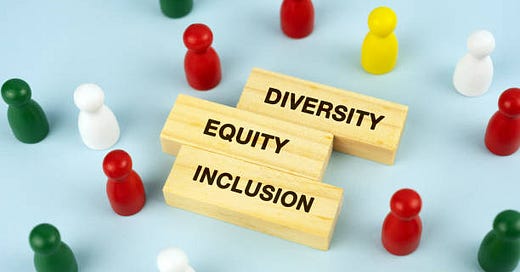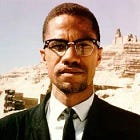The Civil Rights Movement of 1955-1965 struggled for the end of discrimination against blacks, the protection of civil and political rights, access to public accommodations, and equal opportunity in education and employment. It attained a great legal, social, and cultural transformation. Its goals were for the most part attained, although the great reform did not change the fact that public schools were unequal and that there were many exclusive private schools. In addition, as a legacy of past discrimination, inequality in employment and income remained. With respect to these remaining issues, Dr. King proposed educational parks to educate all children regardless of where they lived; and he proposed a multi-racial and multi-ethnic movement to demand reforms necessary to attain economic equality, to the benefit of all races and ethnic groups.
§
From affirmative action to identity politics to DEI
Affirmative action, initiated in the 1960s, departed from the spirit of King’s proposals, and…



